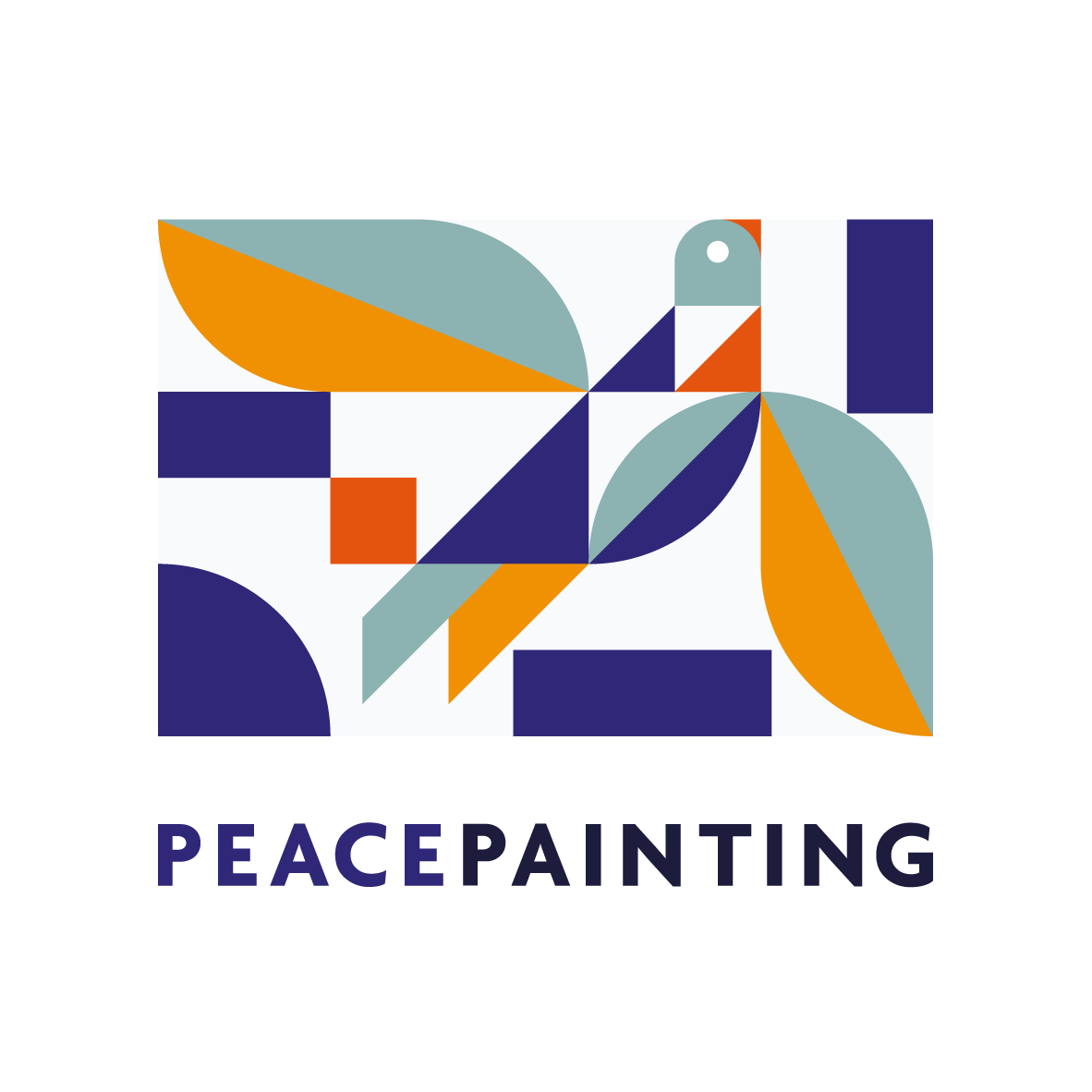Why is our work valuable?
One might think of a painting experience as a way to pass time, but one will discover that it is much more than just a simple activity.
Research shows that engaging in painting processes stimulates the growth of new neuron networks in the brain where both sides of the brain are stimulated (1). This modifies the brain’s physiology and structure and leads to a more flexible, adaptable individual (2).
This in turn leads to many benefits such as:
- higher cognitive development (e.g. language and analytical skills) (3)
- developing the ability to understand multiple perspectives or alternative ways of thinking (4)
- better academic results (5)
- better immune system (4)
- increased self-reflection (6)
- normalizing of the heart rate, blood pressure and cortisol levels (3)
- reframing experiences and reorganizing thoughts and emotions (2)
What happens when people engage in painting activities, is that it allows one to reframe experiences, reorganize thoughts, and gain personal insights that often enhances one’s quality of life (2). It also strongly stimulates creativity which is a basic need related to every stage of human growth and development (7).
“As more and more research emerges, today’s society is slowly recognizing the tremendous benefits of art”
For healthy individuals, this helps to support overall health and well-being. For individuals who have suffered psychological or physical illnesses, painting can significantly improve their healing processes (8).
The process of painting (and extracting meaning) is particularly handy because it implies a certain equality. It does not require that one has reached a point in development. Instead, everyone is given the opportunity to freely express themselves and receive appreciation and understanding of their finished piece of art . This is particularly enhanced when we exhibit our participant’s paintings in places where they can influence others.
As more and more research emerges, today’s society is slowly recognizing the tremendous benefits of art. It seems that engaging in creative processes is an essential human need. Unfortunately, at the expense of creative processes, heavy emphasis is still placed on developing people’s cognitive processes, e.g. mathematics, language and science. These are important subjects, but for optimal development there should be more emphasis on creative processes.
One aspect of our work is therefore to help balance out society by providing creative opportunities for children and adults.
Another aspect of our work is to make sure paintings are created and exhibited in a context of peace and equality between people and nations. Through our exhibitions, we wish to lift people’s (especially children’s) voices up in society and show that every individual is equally important.
Since 2007 we have held countless workshops and exhibitions all over the world. We are left with the experience that every individual has a genius inside. If we provide the right tools and take individuals seriously, amazing things emerge that is of tremendous value to the world.
References:
1. Caddy, L., Crawford, F., & Page, A. C. (2012). ‘Painting a path to wellness’: correlations between participating in a creative activity group and improved measured mental health outcome. Journal of psychiatric and mental health nursing, 19(4), 327-333.
2. Konopka, L. M. (2014). Where art meets neuroscience: a new horizon of art therapy. Croatian medical journal, 55(1), 73.
3. Bolwerk, A., Mack-Andrick, J., Lang, F. R., Dörfler, A., & Maihöfner, C. (2014). How art changes your brain: Differential effects of visual art production and cognitive art
evaluation on functional brain connectivity. PloS one, 9(7).
4. Jensen, E. (2001). Arts with the brain in mind. ASCD.
5. Winsler, A., Gara, T. V., Alegrado, A., Castro, S., & Tavassolie, T. (2019). Selection into, and academic benefits from, arts-related courses in middle school among low-income, ethnically diverse youth. Psychology of Aesthetics, Creativity, and the Arts.
6. Liefeld, J. A. (2015, March/April). Beyond journals. Family Therapy, 14, 17-22.
7. FeenCalligan, H., & SandsGoldstein, M. (1996). Picture of our beginnings: The artwork of art therapy pioneers. American Journal of Art Therapy, 35(2), 43-59.
8. Puent, K. (2016). Use of Art Therapy in Treating Children with PTSD.
9. FeenCalligan, H., & SandsGoldstein, M. (1996). Picture of our beginnings: The artwork of art therapy pioneers. American Journal of Art Therapy, 35(2), 43-59.
10. Puent, K. (2016). Use of Art Therapy in Treating Children with PTSD.



